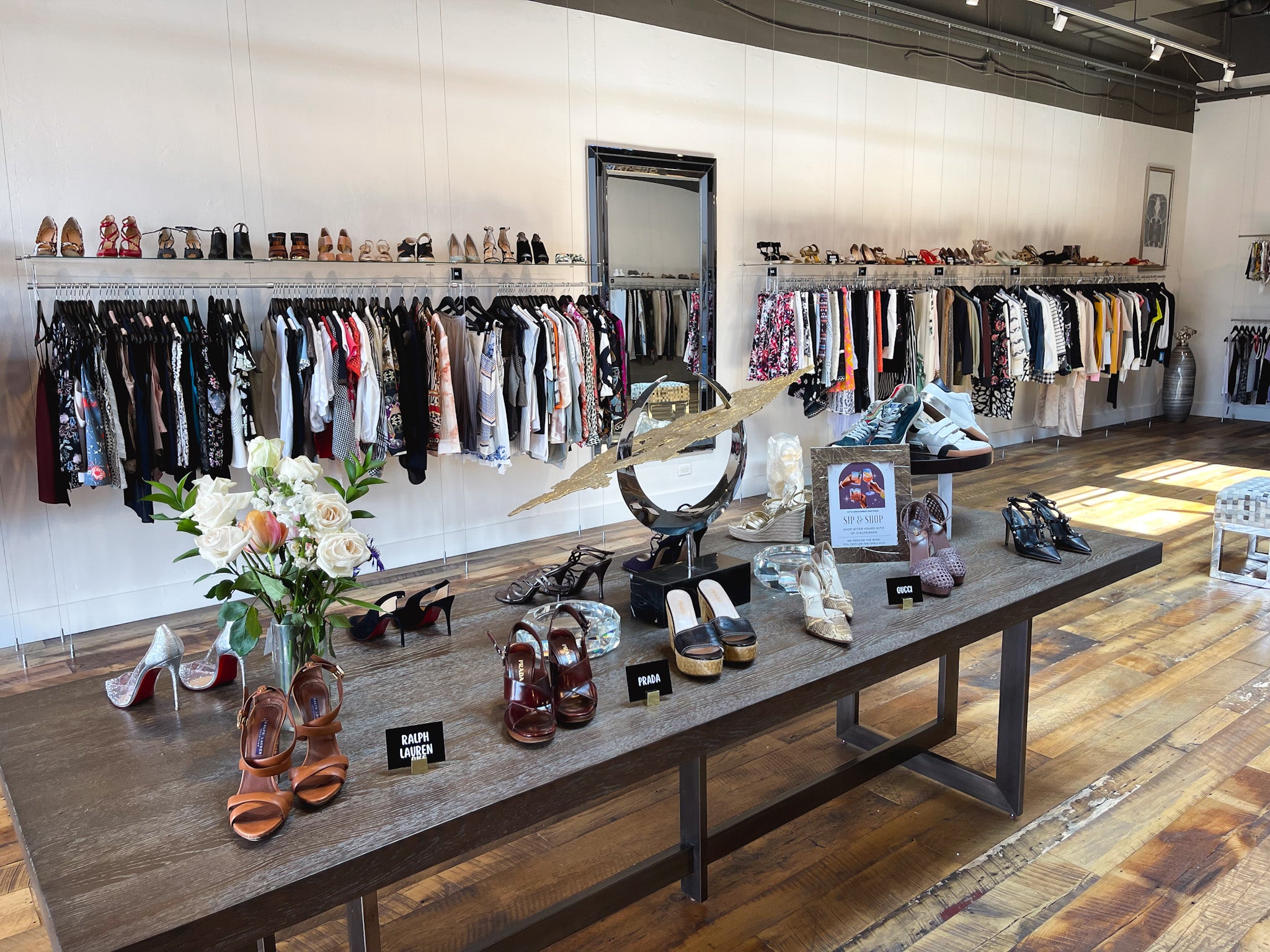Introducing the Secrets Behind Cost Effective Boutique Fashion
Introducing the Secrets Behind Cost Effective Boutique Fashion
Blog Article
A Deep Dive Into the Globe of High-Fashion Runways: Understanding Apparel as Art
Designers, a lot like masterful artists, weave complex stories through fabric, color, and kind, redefining and testing conventional norms appeal standards. As we check out these sartorial eyeglasses, we must contemplate: what role does style play in shaping societal values, and how does it reflect the ever-changing tapestry of human emotion and identification?
The Evolution of Runway Shows
The trajectory of runway shows has actually transformed substantially over the decades, developing from unique industry events to captivating eyeglasses that blend fashion with art. Commonly, runway shows were intimate affairs, held in ateliers or little locations, mostly gone to by buyers and sector insiders. These very early discussions concentrated on the garments' craftsmanship and business stability, offering a direct and functional display of seasonal collections.
As the fashion industry expanded, the nature of runway shows began to change. The 1970s and 1980s marked a transforming factor, with developers seeking to differentiate themselves through more staged presentations. This era saw the rise of elaborate sets, choreographed versions, and thematic stories, heralding a brand-new age where the runway ended up being an experiential platform. The shows changed right into a type of storytelling, where each collection conveyed an unique story or concept.
Over the last few years, innovation and social networks have better reinvented runway shows, making them accessible to a worldwide audience. Livestreaming and digital platforms have democratized style, permitting fanatics worldwide to witness these events in real-time (boutique fashion). This development mirrors a more comprehensive social change, where high-fashion paths function as a dynamic intersection of development, performance, and style
Designers as Dreamer Artists
Exactly how have designers transcended their roles to end up being visionary musicians? Designers in the high-fashion sector have blurred the lines in between functional garment production and the theoretical realm of art. This transformation is obvious in the way they approach their collections, not merely as clothing yet as extensive expressions of society, identification, and emotion. By accepting imaginative techniques such as sculpture, painting, and progressive installments, designers craft garments that challenge standard style norms and boost them to art kinds.
Visionary developers attract motivation from a myriad of resources, consisting of abstract art, historical referrals, and individual narratives. They possess an unique capability to envision and appear concepts that press the borders of traditional fashion, commonly redefining visual standards in the procedure. This imaginative resourcefulness is showcased via remarkable shapes, cutting-edge materials, and elaborate workmanship, which invite viewers to experience fashion as greater than just wearable items.
Furthermore, the runway acts as a canvas for these musicians, where lighting, music, and established style coalesce to create immersive experiences. These discussions are not simply displays of apparel however are managed performances that stimulate feeling and prompt idea, verifying the developer's function as a real artist you can check here in the contemporary cultural landscape.
Social Impacts in Style
Social tapestry weaves its complex patterns right into the textile of style, affecting developers worldwide. The dynamic interchange of cultural stories, customs, and symbols informs and inspires collections that grace high-fashion paths.
The influence of society on style is often seen in the reinterpretation of typical garments and patterns. The usage of Japanese kimonos, Indian saris, or African prints in modern style reflects a blend of social authenticity and contemporary aesthetic appeals. Designers such as Valentino's Pierpaolo Piccioli and Alexander McQueen's Sarah Burton have actually been recognized to include abundant social concepts into their couture collections, translating background right into wearable art.

Innovation in Material and Layout
Advancement in textile and design continually improves the landscape of high-fashion, pushing limits and redefining possibilities. Developers are significantly discovering the combination of modern technology, such as 3D printing, which allows for the production of complex frameworks that were previously unimaginable.
Moreover, sustainability has come to be a pivotal style in fabric technology. The fashion sector is experiencing a surge in using environment-friendly products, stemmed from recycled plastics, organic fibers, and also naturally degradable components. These advancements not only offer brand-new textures and aesthetic appeals however additionally address critical ecological problems. Designers are accepting these materials to craft garments that are both visually striking and aware of their environmental footprint.
In regards to design, progressive silhouettes and experimental types are continuously transforming the path. By incorporating unique products and advanced techniques, designers cultivate garments that blur the line in between fashion and art, setting new criteria for imagination and expression in the high-fashion round.
Effect of Fashion on Culture
Fashion wields a profound influence on culture, serving as both a representation of cultural identity and a driver for social adjustment (boutique fashion). Through its development, style has actually mirrored societal changes, enveloping the zeitgeist of numerous periods.
Moreover, style has the power to bridge social gaps, fostering understanding and recognition among diverse groups. As globalisation accelerates, the cross-cultural exchange of fashion ideas ends up being significantly substantial, promoting inclusivity and variety. The surge of streetwear, originating from metropolitan subcultures, highlights just how fashion can transcend socio-economic borders, giving people a method of self-expression and empowerment.
Essentially, fashion is not just concerning aesthetic appeals; it is a vibrant pressure that influences worths, mindsets, and societal progress (boutique fashion). By continuously interacting with social and social currents, style stays an integral part of the cumulative human experience

Verdict
Developers, akin to visionary artists, orchestrate collections that reflect identification, feeling, and cultural stories, testing traditional aesthetic appeals. This intersection of style and artistry not just astounds audiences worldwide but additionally affects social perceptions and promotes a much deeper recognition for cultural diversity.

Social tapestry weaves its detailed discover this patterns right into the textile of style, influencing designers worldwide.Fashion possesses an extensive influence on society, serving as both a reflection of social identity and a stimulant for social adjustment.
Report this page